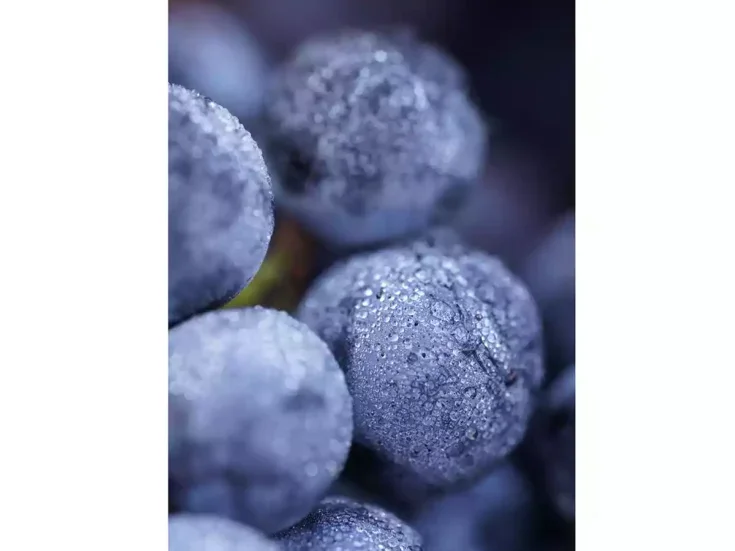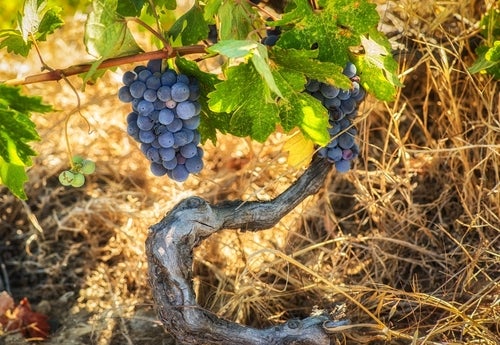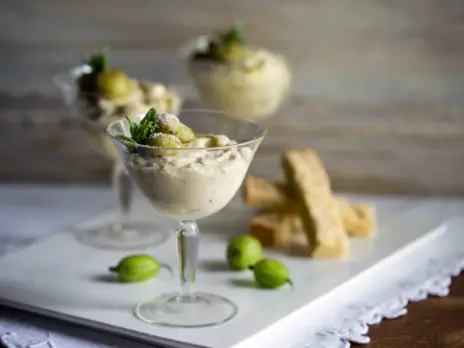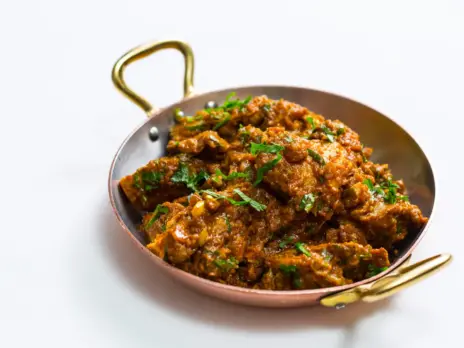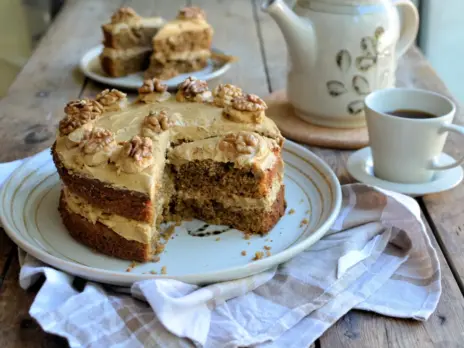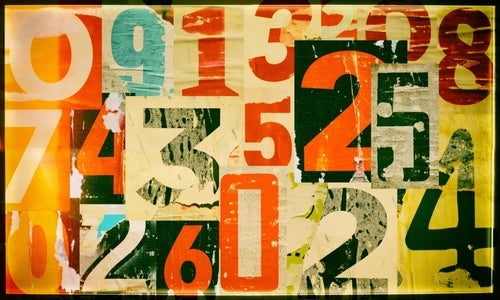
We live under a dictatorship of numbers. The more we fail to find words to describe what we like and what we feel, the more we resort to numbers. We no longer judge wines, we score them—arguing that numerical ratings are more precise and more objective than words.
As a result, the hierarchical classification in use since the 19th century has been replaced by a scale for rating wine, of which the most common is the 100-point scale. In practice, however—social media oblige—scoring is almost entirely confined to the top of the scale. That way, everyone is happy—the wine critics whose scores are published online, and the delighted producers who fall over themselves to voice their thanks over the ether. Here in France, numerical ratings first started to appear in the 1960s. La Revue du Vin de France would occasionally score wines but only as an adjunct to simple, straightforward tasting notes with no pretensions to lyricism. Our wine-merchant friends on the English side of the Channel were quicker to catch on, realizing that here was a way to equate the emotions aroused by wine with quality, reputation, and price. For a nation of islanders, the British are a lot less insular than we French when it comes to making money. But nowhere has numerical rating met with such success as in the USA, fueled by the rampant consumerism of the 1980s and influencers with supposedly no vested interests or hidden agendas.
This year, once again Bordeaux producers are awaiting the comments of international experts on unfinished wine still in barrel. Prices reflect this year’s difficult market but may not be low enough to entice today’s increasingly wary punters, particularly since all they have to go on is a number. Gone are the detailed tasting notes of yore. Now everything about a wine—quality, typicity of place and vintage—boils down to just two numbers: the score and the price. We no longer question the validity of numerical ratings—ask ourselves how, in all honesty, numbers may serve to define particular characteristics. Can taste really be conveyed by a number on a scale? The food writers of the 1970s seemed to think so. Tasting panels were all the rage with food guides like Gault & Millau that still use numbers to rate restaurants, even if they have to cram more and more reviews into the same amount of print space.
Beginnings of a rebellion
Much more serious, however, is the tendency among wine scientists to treat numbers as facts or, worse still, elevate them to the rank of standards. Numbers, they claim, are more honest than words when it comes to wine appreciation. And because we believe what science tells us, everything the trade and indeed the consumer wants to know today comes down to numbers. Yield, average temperature and rainfall, alcohol and acidity level, percentage of new oak, the amount of dosage (in Champagne) or residual sugar (in sweet wine)—it’s all about numbers. Trade magazines and guides are stuffed with data about blend composition (crus, grapes, and the average age of the vines), and every bottle now comes with a label that reads like a wine tech sheet. Gone are the days when balance in wine was a matter of personal taste. These days, judgment is passed after the event, based on the wine’s numerical rating (how well it scores in terms of yield, average temperature and rainfall, and so on) and the opinion that goes with that rating. Wines that fall outside those parameters don’t stand a chance; taste doesn’t come into it. Note, however, that the much-decried heatwave vintages of 2003 and 2018 are now doing very nicely, silencing the naysayers who said the 2003 Burgundies were “youthfully stunted.” More than 20 years later, those same wines have fleshed out beautifully, displaying unmistakable terroir and varietal character. Thus do we let statistics put us off wines made by talented producers unfazed by capricious weather.
Even more absurd, we put a number on wine body—as if a key sensory marker of quality in wine could somehow be measured. In our never-ending quest for quantifiable ways to define grape ripeness, we’ve come up with the new criterion of phenolic ripeness. Unlike sugar ripeness, phenolic or physiological ripeness depends on how the grapes look and taste. It is a feeling, in other words—and like all feelings, not possible to express on a numerical scale. But we go ahead and measure it anyway, convinced that we have now found the holy grail of winemaking. Considering that skins, stems, and seeds do not always ripen at the same rate, phenolic ripeness is a vague concept, to say the least. Yet red wines now proudly display their total polyphenol content, and the higher the better. A TPC of 90 is a greater claim to fame than a TPC of 70—but what producer these days still has a TPC of 70? I’m being facetious, of course: Good winemakers are far too canny to chase polyphenols for the sake of it. Consumers, on the other hand, will always tend to put their trust in numbers—particularly when producers tell them to. More extraction is seen as better than less; one month’s maceration is seen as better than one week; and aging in new oak casks or amphorae is preferred to aging in older casks or stainless steel. Balance be damned; price, too. Market research consistently shows that the more we pay for a wine, the more pleasure we get out of it. A hefty price tag and the reputation that goes with it have become a mental shortcut for wine quality.
Fortunately, however, we’re seeing the beginnings of a rebellion against the mechanics of numbers, led by a new breed of consumer hungry for diversity. People tired of all the rhetoric surrounding wine, who put the pleasure of sharing before self-interest and rank the enjoyment of wine before all else; people who drink purely for pleasure, not to impress, still less to kowtow to self-serving canons of taste. Or at least I sincerely hope so.

